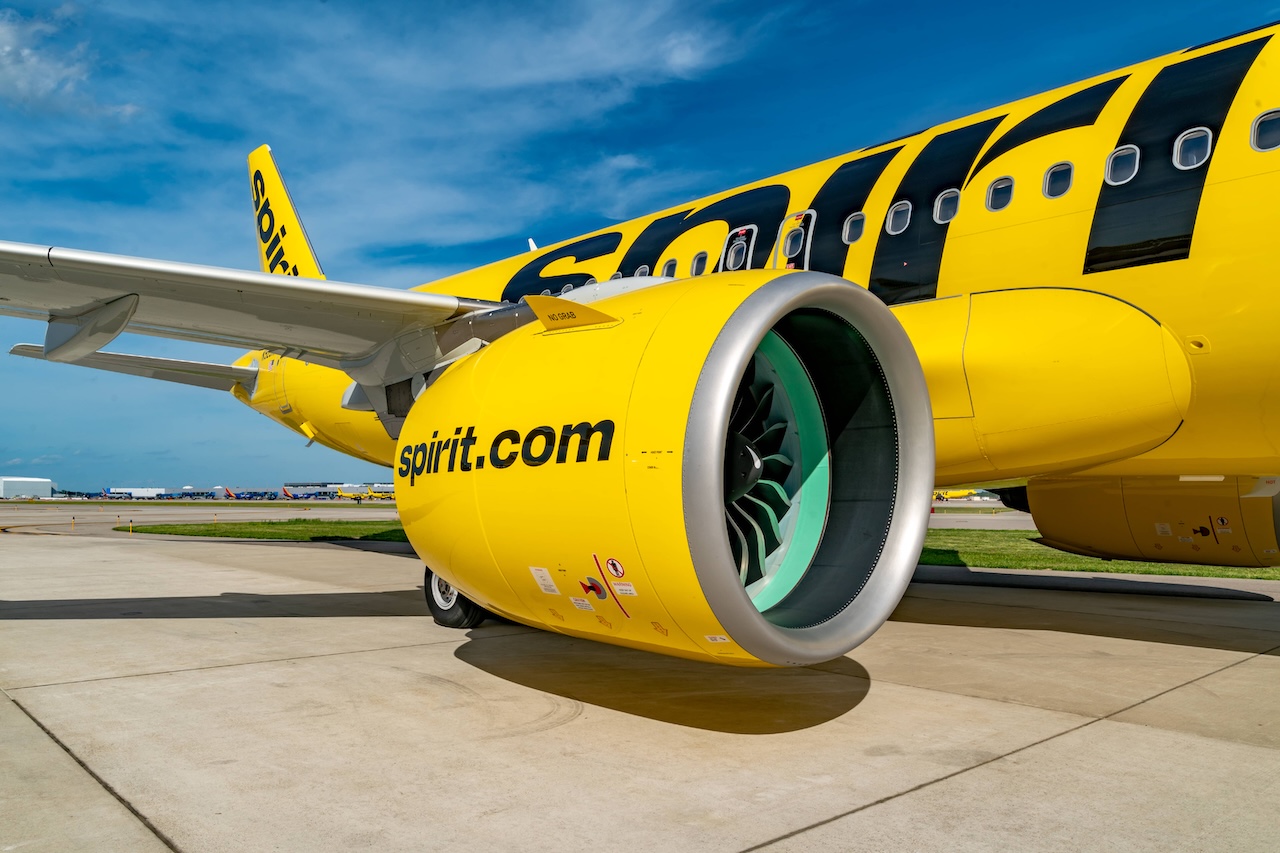Survival Mode: Spirit Airlines Slashes Routes, Furloughs Staff

Spirit Airlines is slashing routes and jobs on a scale rarely seen in U.S. aviation, part of a bankruptcy-driven reset that is less about trimming fat and more about survival. The airline will suspend around 40 routes in November, pull out of entire cities, and furlough nearly 2,000 flight attendants. This isn’t network optimization: it’s an emergency contraction to buy time.
Massive Route Cuts: How Spirit Airlines Is Trying To Survive
The scope of Spirit’s retrenchment is dramatic:
- Suspending service to 13 cities in October, including:
- Albuquerque, NM (ABQ)
- Birmingham, AL (BHM)
- Boise, ID (BOI)
- Chattanooga, TN
- Columbia, SC (CAE)
- Hartford, CT (BDL)
- Minneapolis–St. Paul, MN (MSP)
- Oakland, CA (OAK)
- Portland, OR (PDX)
- Sacramento, CA (SMF)
- Salt Lake City, UT (SLC)
- San Diego, CA (SAN)
- San Jose, CA (SJC)
- Suspending dozens of marginal routes
- Furloughing 1,800 flight attendants (one-third of the workforce), plus 270 pilots, while demoting 140 captains
At the same time, Spirit has tapped Andrea Lusso, a former Amazon executive, to lead network planning. His task is not incremental growth but designing a smaller airline that can stop hemorrhaging cash and eventually attract fresh capital. Bringing in an outsider from Amazon Air (not exactly analogous to a passenger carrier) underscores just how fundamentally Spirit is trying to rethink itself.
Analysis
Spirit’s problems go deeper than seasonal softness or mispriced routes. Its business model has lost oxygen. Pratt & Whitney engine issues have grounded aircraft and strangled utilization, while the Big 3 and Southwest blunt Spirit’s pricing power on bread-and-butter leisure routes. When Delta or United undercut base fares, Spirit can’t fall back on premium cabins or ancillary bundles the way rivals can. The ULCC model only works with an ironclad cost advantage, and that advantage has eroded.
That is why this reset looks different. Spirit is not pruning marginal spokes; it is conceding whole cities and shrinking its footprint to a handful of stronger markets like South Florida, Orlando, Las Vegas, and Dallas. This is an airline retreating to its redoubts and hoping Chapter 11 provides enough relief to renegotiate leases, modify engine contracts, and simplify subfleets. Without that, I see no path forward.
And yet, even as Spirit contracts, it is leaving the door open to a future rebuild. Frontier will move quickly into vacated markets, but Lusso’s mandate suggests a new discipline; fewer “why not” routes and more density where Spirit can still stimulate demand. As I see it, reliability will matter more than anything else during this time. If Spirit can rebuild trust by showing up on time, it may claw back some pricing power. If not, the cuts we are seeing now may prove only the beginning before the carrier’s ultimate liquidation.
CONCLUSION
Spirit Airlines is not just shrinking, it is betting its future on a smaller, denser, more reliable network. The job losses and route exits are painful, but the real test will be whether Spirit can use bankruptcy as a lever to reset costs and simplify operations, unlike its last round in Chapter 11. If the airline succeeds, it will re-emerge leaner and more competitive. If it fails this time, there won’t be a third chance.